Live A Live review – fun but falters at the finish line
Almost 30 years on, Live A Live makes its unexpected return on Nintendo Switch yet did the Chrono Trigger predecessor deserve it?
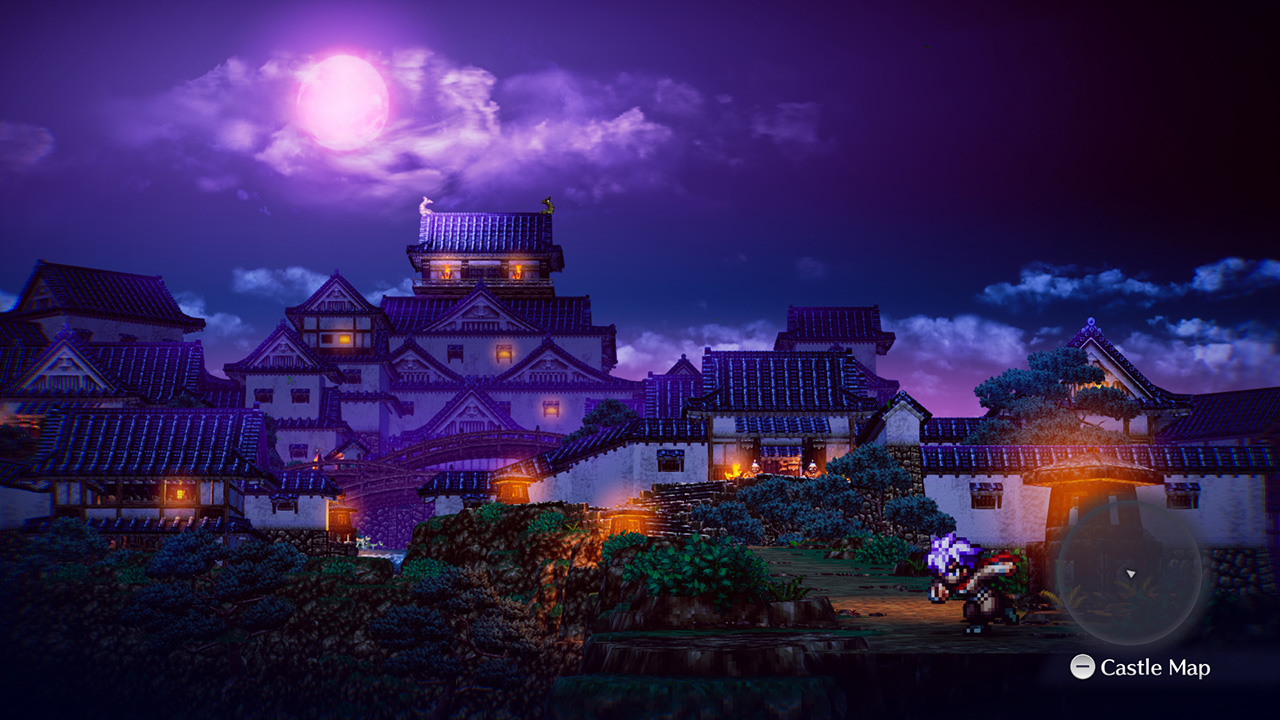
Live A Live is a gorgeous JRPG that isn't afraid to take risks, providing plenty of interesting themes and, for the most part, engaging combat. Fans new and old will find something to enjoy here, even if the endpoint is nothing to write home about.
-
+
Plenty of variation
-
+
Vivacious 2D art style
-
+
A story that isn't afraid to take risks
-
+
Superb soundtrack
-
-
Combat gets a little repetitive
-
-
Final chapter is unsatisfying
Why you can trust T3

Video game remakes are interesting. You can't deny it! We all have our favourites, that one experience we want to see receive a new lick of paint and modern controls. Just having the convenience of playing on next-gen consoles or PC can be monumental alone. Now almost 30 years on, the incredibly niche Japanese role-playing game (JRPG) Live A Live has become the unexpected choice to receive a remake – and the world is better for it.
Without paying extortionate amounts of money to secure an old copy on eBay, that has likely seen better days, Live A Live on Nintendo Switch makes for a welcome delight. Not only because it marks the directorial debut by Takashi Tokita, best known for Final Fantasy IV and Chrono Trigger, but it's also the first time the game has been released outside of Japan. A rare occurrence, indeed.
As I was only a newborn during the game's launch (alongside the reasons listed above), this was my first time playing Live A Live, and no doubt it will be the same for the majority of others picking it up. How the new 2022 remake succeeds is by bringing a variety of tales spanning the past, present and future into today's standards, with quality of life tweaks and a gorgeous art style that feels both old and new at the same time. It has something for everyone that loves the genre, yet regrettably falters at the finish line stopping it from being one of the all-time greats.
Live A Live review: price and release date
- What is it? A remake of the single-player JRPG that released for the Super Famicom in 1994
- Release Date? July 22, 2022
- What platforms can I play it on? Nintendo Switch
- Price? $49.99 / £39.99 / $AU69.95
Live A Live review: What is it?
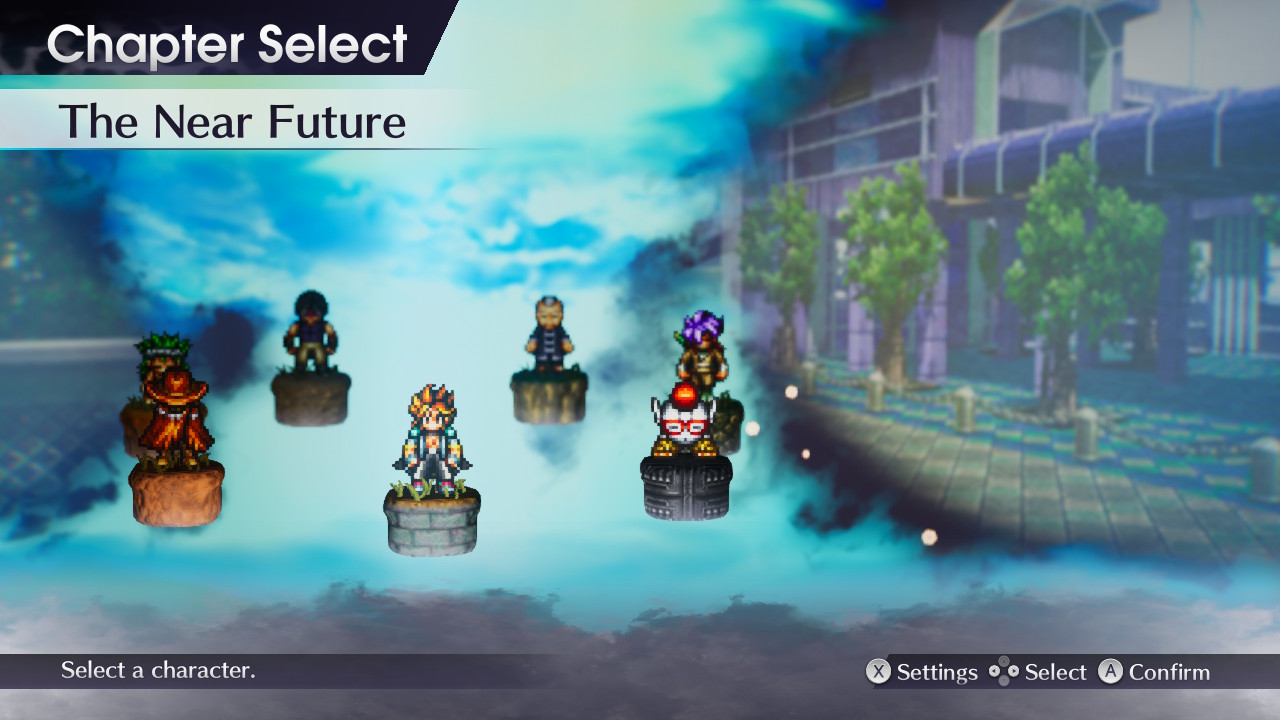
Split into chapters, Live A Live is a single-player JRPG that tells one interwoven story of heroes across the ages on their own individual adventures. Starting with seven chapters – all of which can be attempted in any order – this includes: Present Day, Prehistory, The Wild West, The Near Future, The Distant Future, Twilight of Edo Japan and Imperial China. Think of these as small grand stories that give you a window into these characters' lives.
Don't let the cutesy art style fool you, the game tackles some quite mature topics – and it really goes places. Be that friendship, love, death, suicide, greed, power, legacy, sex and playing God, Live A Live is a smorgasbord of themes. It's outright bizarre at points too – like the essence of a dying turtle transferred into a robot companion – helping to give some freshness and charm yet can be quite tonally inconsistent as a result.
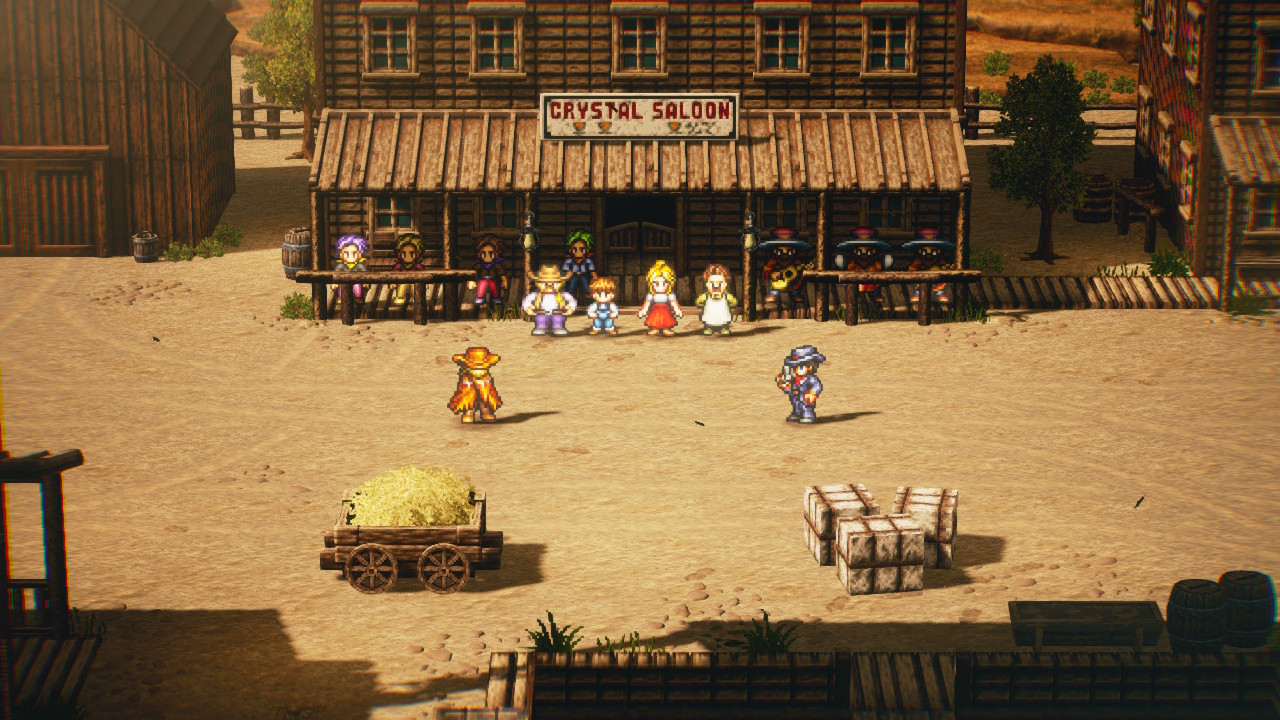
One chapter sees a Shifu recruiting and training three disciples to take over from his legacy, while another has the player compete in Street Fighter-like RPG matches to become the best in the land.
My personal favourite was The Wild West, which featured a lone gunslinger and rival bandit partnering to save a small town from outlaws. Evoking The Magnificent Seven and The Man with No Name, it's one of the least combat-driven adventures, instead, it sees the player collecting as many resources as possible so that townsfolk can set up traps before sunrise. A fun, thrilling and tense affair that made me care about every resident.
Get all the latest news, reviews, deals and buying guides on gorgeous tech, home and active products from the T3 experts
Of all seven chapters, only one of them did I truly dislike: The Distant Future, a slow-paced murder mystery set on a space station that tries to emulate Alien, only to become increasingly frustrating the more it goes due to a lack of direction. The remaining five all have their highs and lows, occasionally let down by repetitive gameplay segments (which we'll come onto) but still offer good quality.
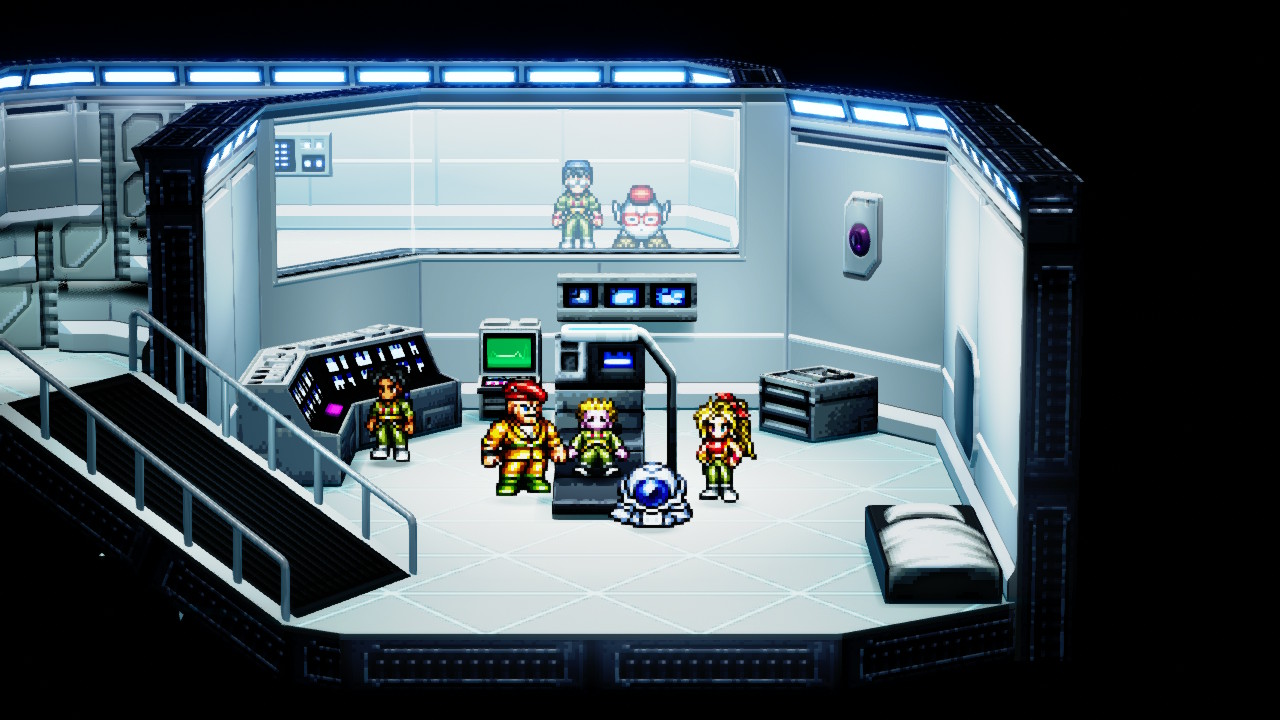
Even though I realise the game was made in 1994, that doesn't excuse the fact that all of the protagonists are predominantly male. The only female is the outspoken street-wise kid, Lei, an optional character in the Imperial China chapter that I found to have more personality than most of the men combined.
Another odd decision is the ability to rename every protagonist to whatever you please... which would be fine, if not for the developer already having pre-selected names making the whole thing pointless. It also rids any voice acting cues for said name, taking me out of the game whenever skipped over.
The narrative is most crippled by this in the final few chapters where Live A Live looks to interweave everything together. Honestly, it wasn't that big of a deal in comparison to the lacklustre finale that left me discontented. A higher number of random encounters that made progress unnecessarily sluggish hampered this further during those last couple of hours.
Live A Live review: How does it play?
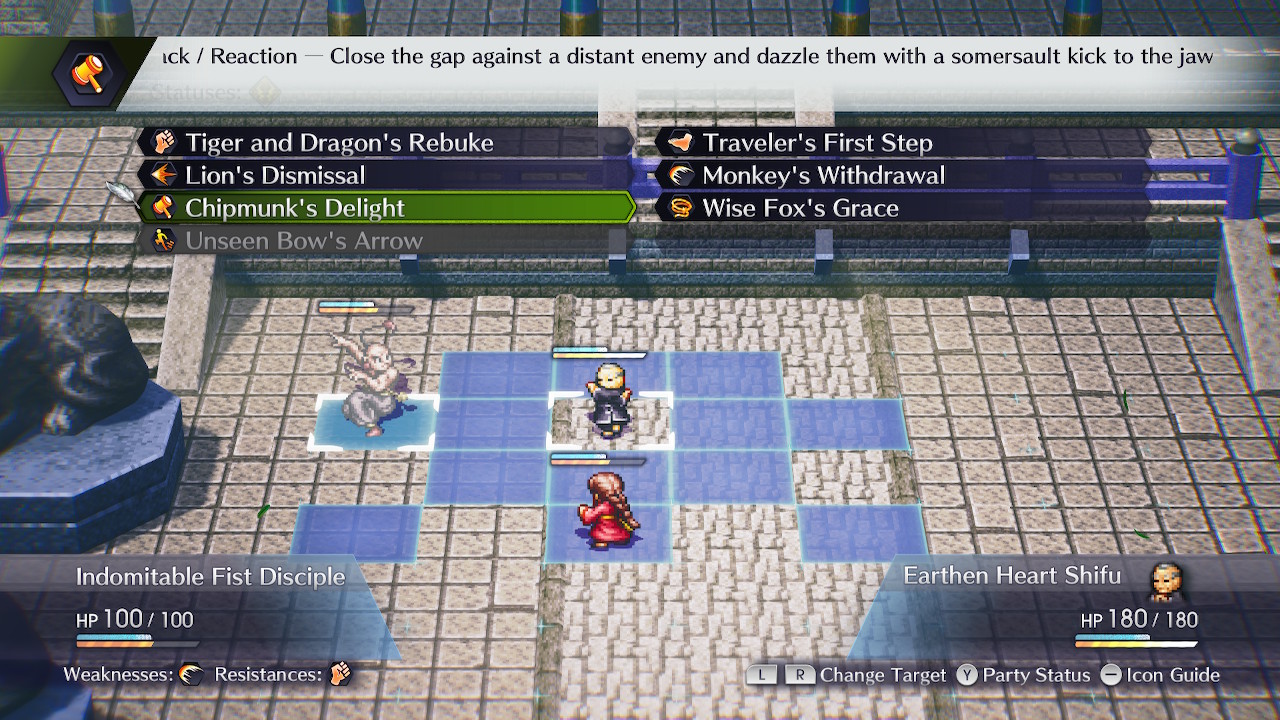
Live A Live's main gameplay surrounds, for the most part, satisfying turn-based battles that take place on a seven-by-seven grid, as players look to take down the enemy's health bar before dying themselves. Different elemental abilities can either enhance or diminish their damage, alongside items and equipment that can help tip the odds in your favour. It's a tried and tested formula that works remarkably well, if not becomes a bit too reliant and monotonous in the latter portions.
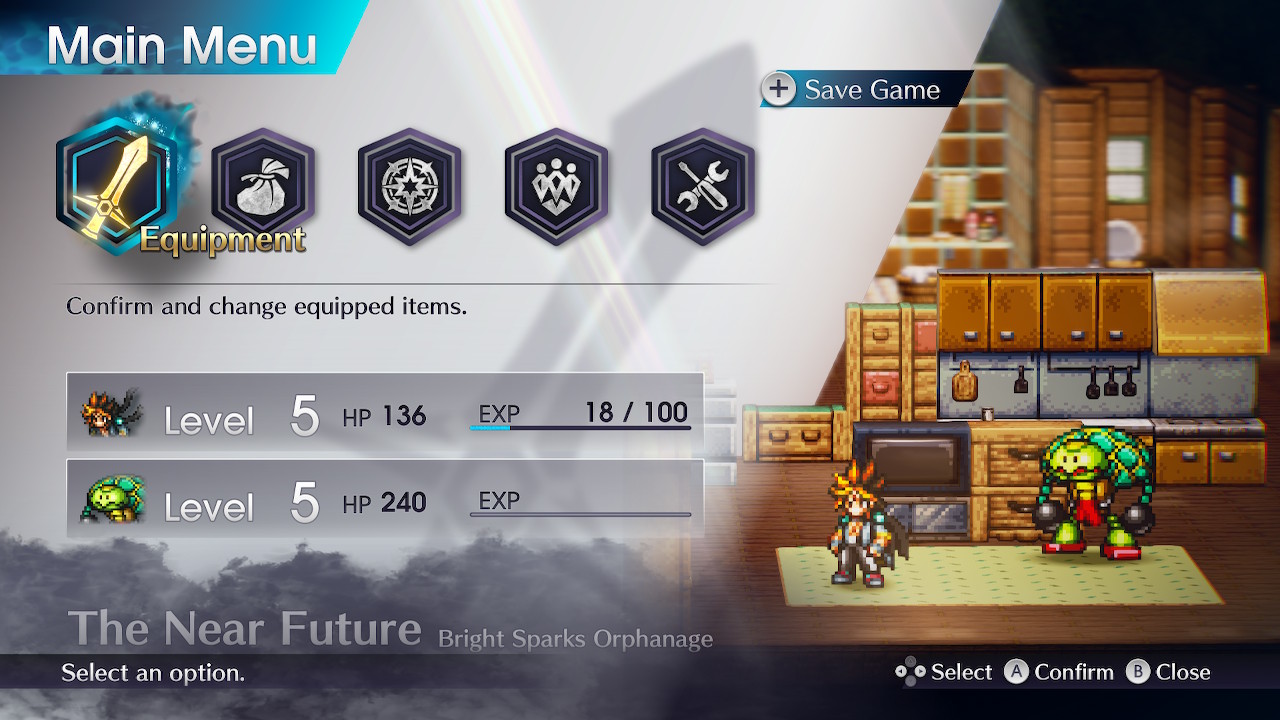
Levelling up via battles is reasonably easy, giving you access to more moves. I just wish the difficulty balance was fine-tuned better, as there was only the very odd occasion where I needed to leave a boss and return. Most enemies were pushovers for long stretches until a giant spike in difficulty would occur, as opposed to an exponential rise. It just felt a bit off. Nothing challenged me in a good way, say like in Elden Ring, where I needed to be pushed to the absolute limit of my ability to overcome key adversaries
All chapters sport a 3D world that can be explored by the 2D characters, usually quite compact and simply designed to go from point A to B. A new in-game UI feature places an orange marker on the map in the bottom right-hand corner guiding you where to head next, something the original never did. This is a game-changer as with many fiddly storylines that sometimes want you to continue the conversation with an NPC you just left saved me vital time.
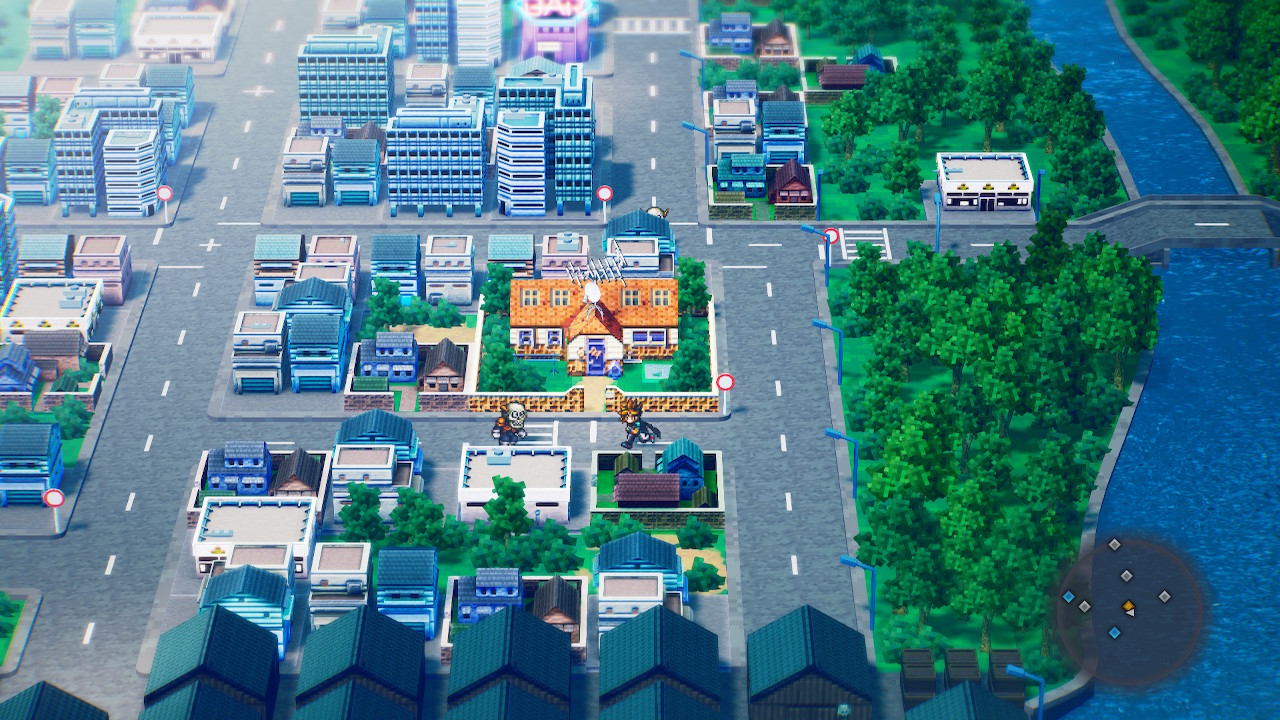
In terms of discovery, it's minimal until the final chapter of Live A Live (something I am unable to discuss) although it still revolves around items and equipment. NPC dialogue is lacking too and there's nothing really when it comes to side-content that is worth seeking out. A shame as some quirky mini-games or puzzles to break things up could do wonders.
Live A Live review: How does it look and sound?

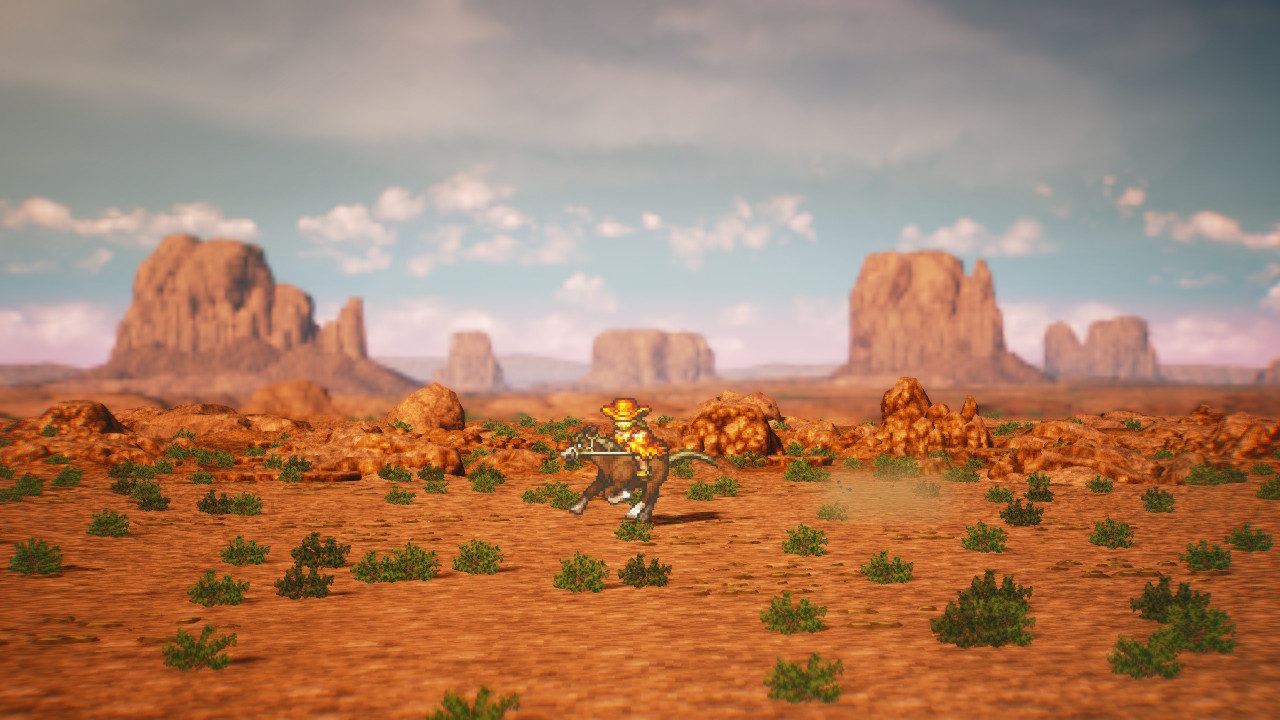
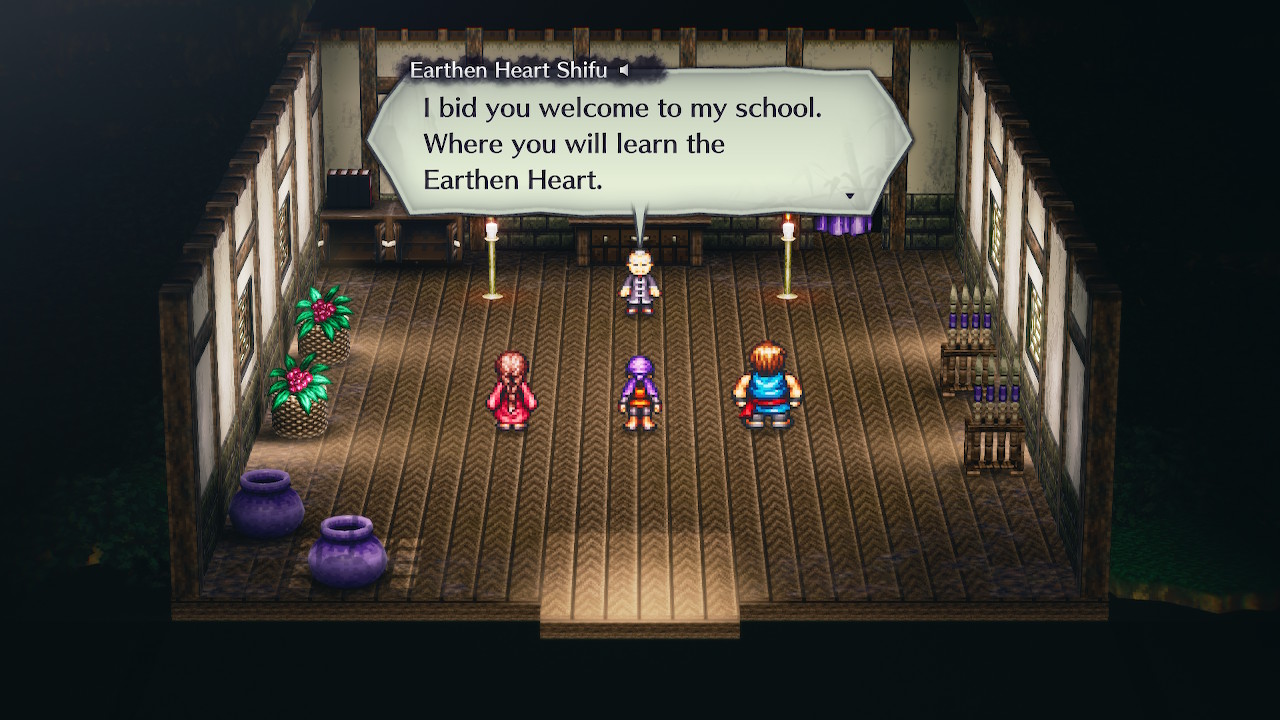
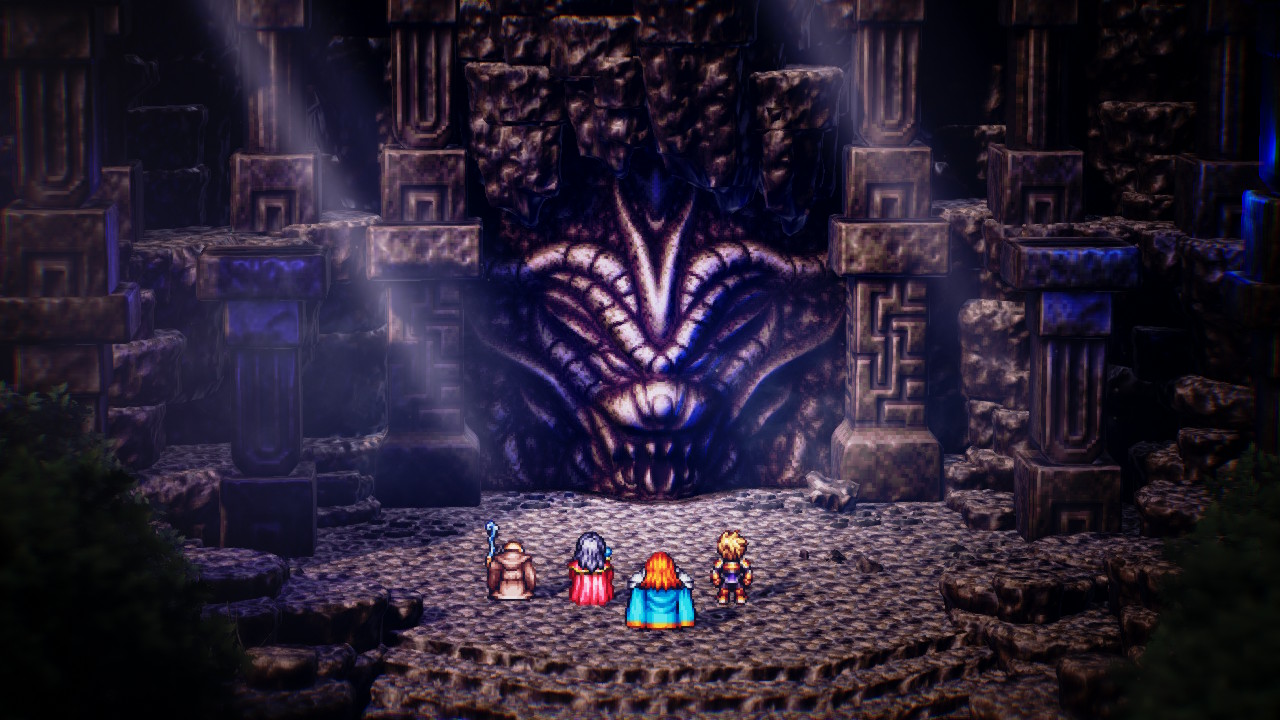

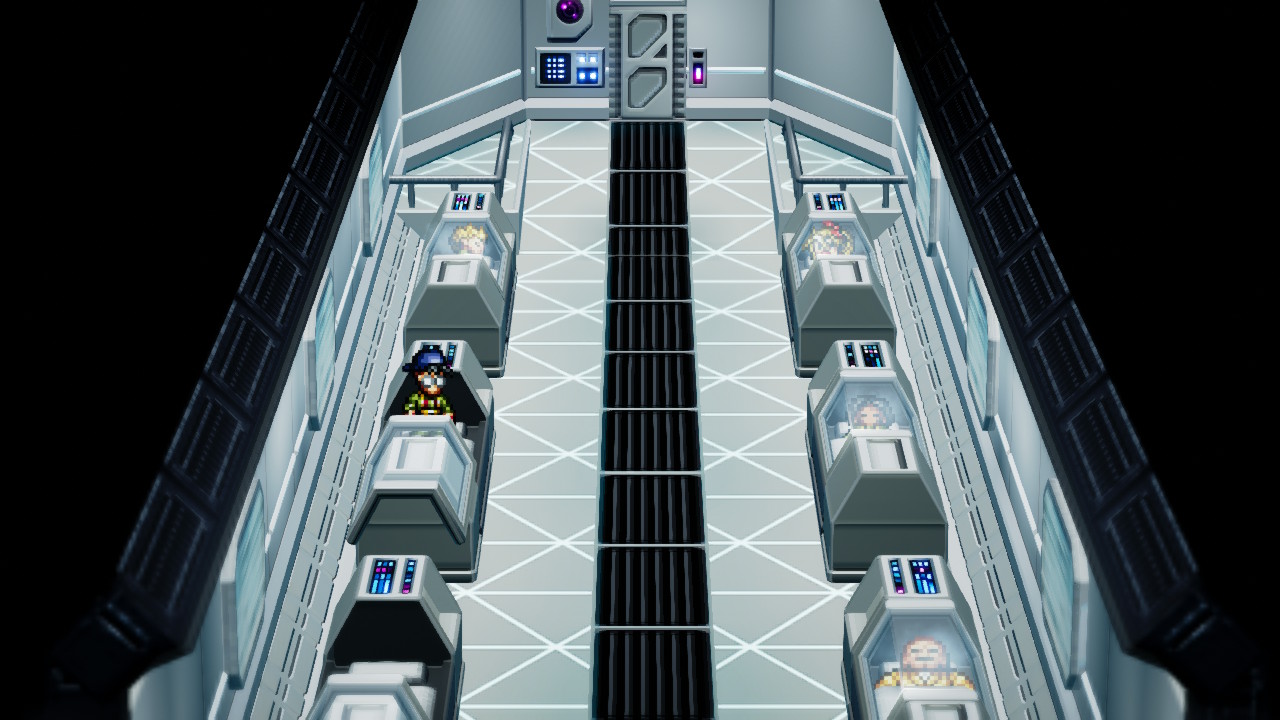

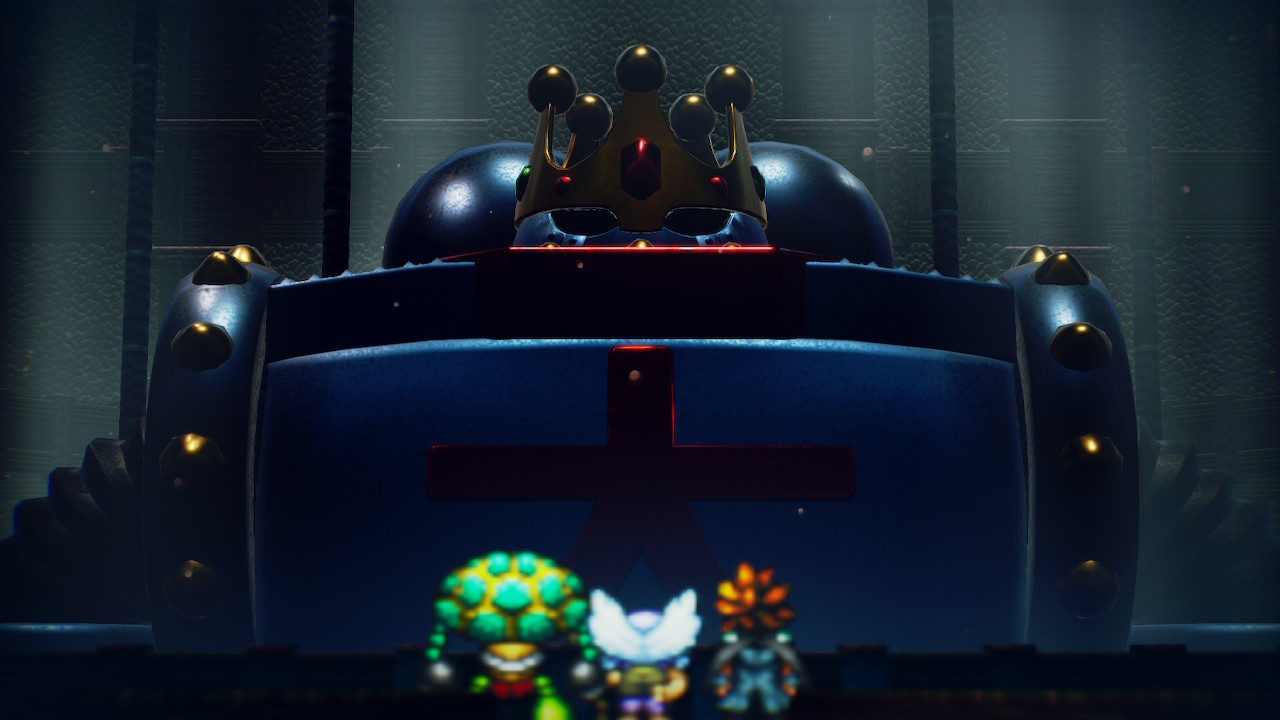

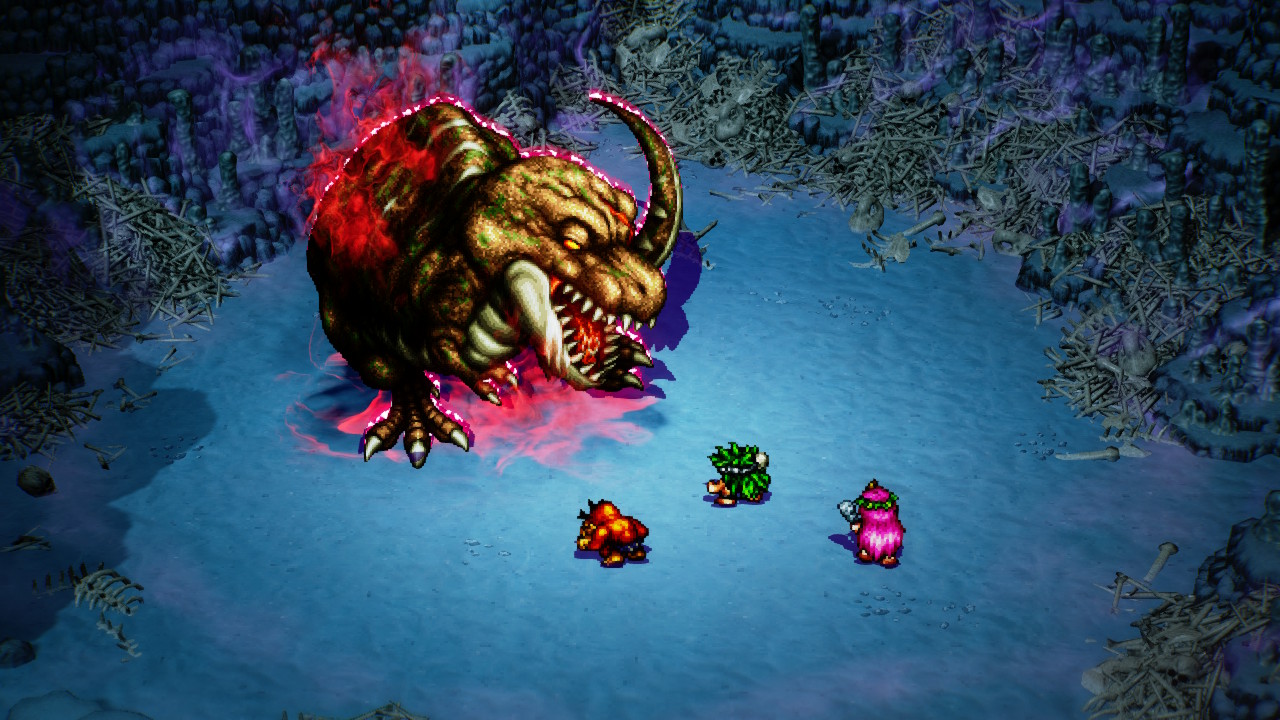
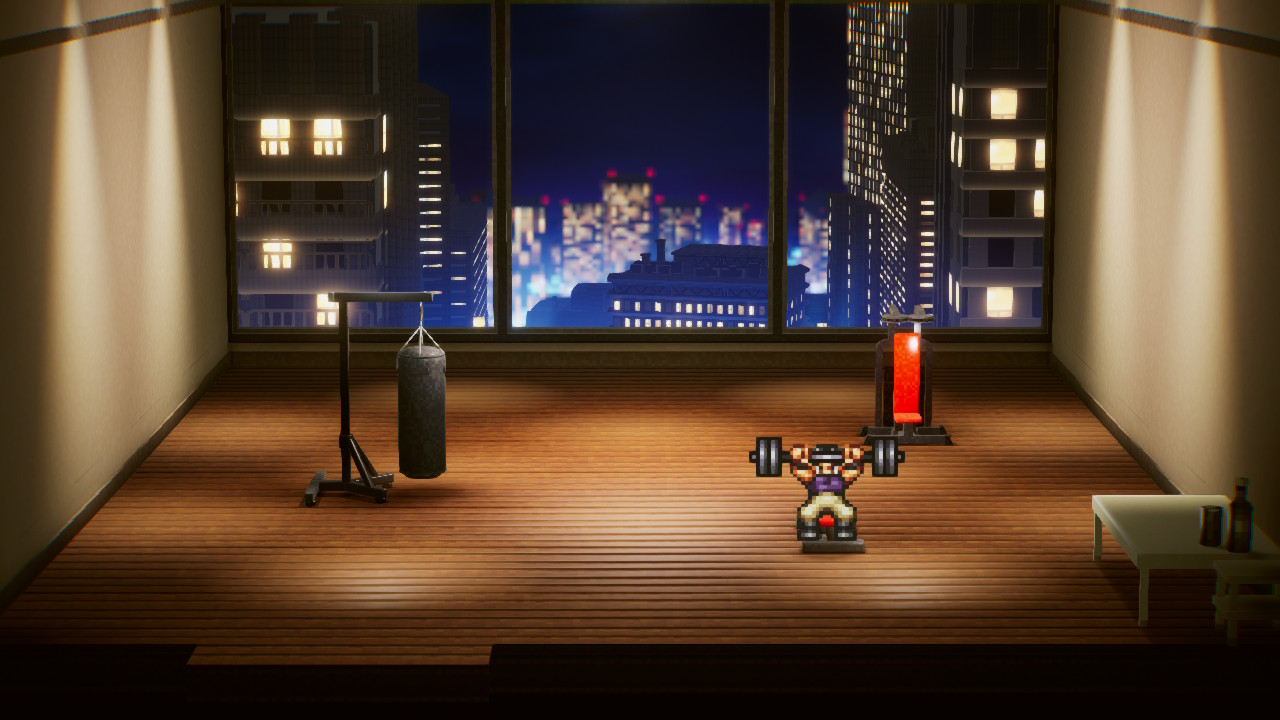
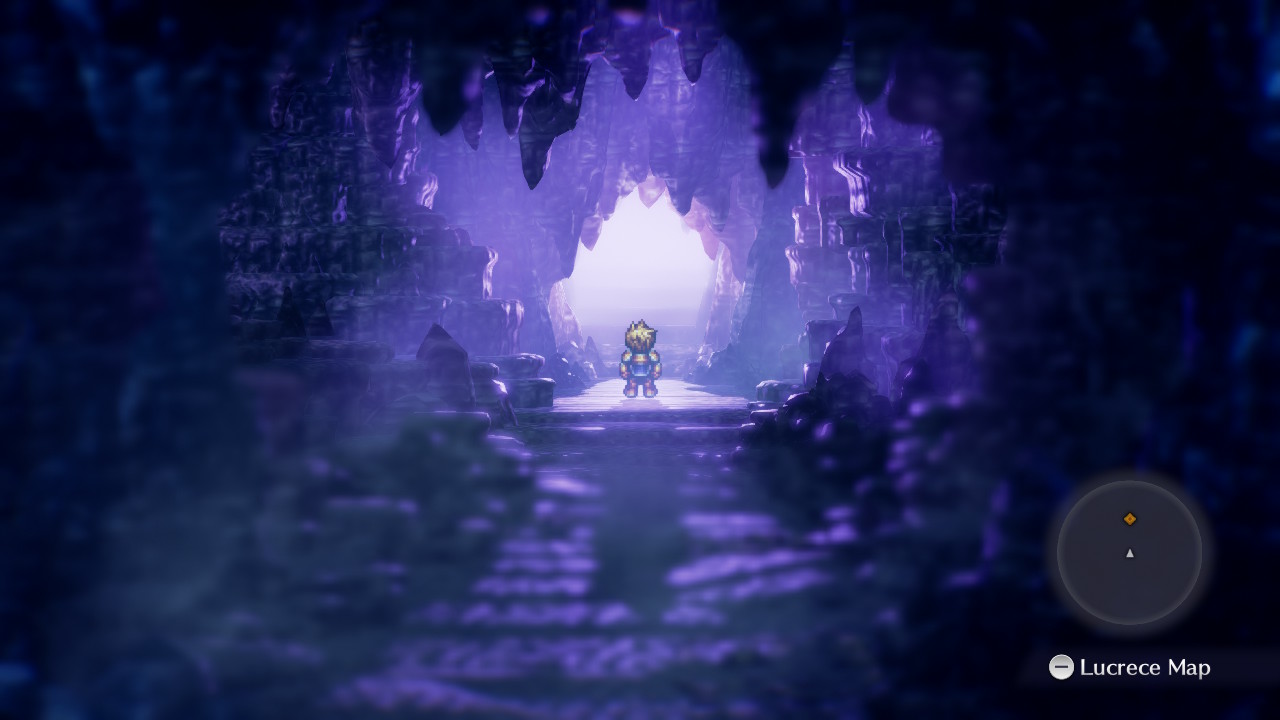
Just like Octopath Traveller in 2019 and Triangle Strategy earlier this year, Live A Live adopts the stunning HD-2D pixelated art style that has helped reinvigorate the once 16-bit title for a new age. Some may find the style a bit overdone in recent history – not me. It's still a gorgeous thing to behold: little touches like the use of shadows on swinging saloon doors and the simplicity of hair flowing in the breeze really help set it apart.
Each chapter feels distinct too, whether that be the peaceful purple glow of Edo Japan, the desolate yellows of the Wild West or the popping blue skyscrapers of The Near Future – the redrawn designs blow my mind. How is a game this good-looking playable?
That same level of quality has been applied to the soundtrack with every note encapsulating its surroundings superbly. Highlights include the high-energy synth of the 'Megolamania' boss battle theme and the F-Zero-like 'Playing with Psychos' that belts out horns, drums and a dynamite electric guitar solo in all its glory. The full musical composition can be listened to at leisure via a Jukebox within the main menu.
As mentioned, Live A Live features voice acting for its cast, which is reasonably decent, aside from the over-the-top British accents. My mistake was not opting for Japanese voice work that is accessible and 10 times better, helping to further instil better immersion.
Live A Live review: How long to beat?
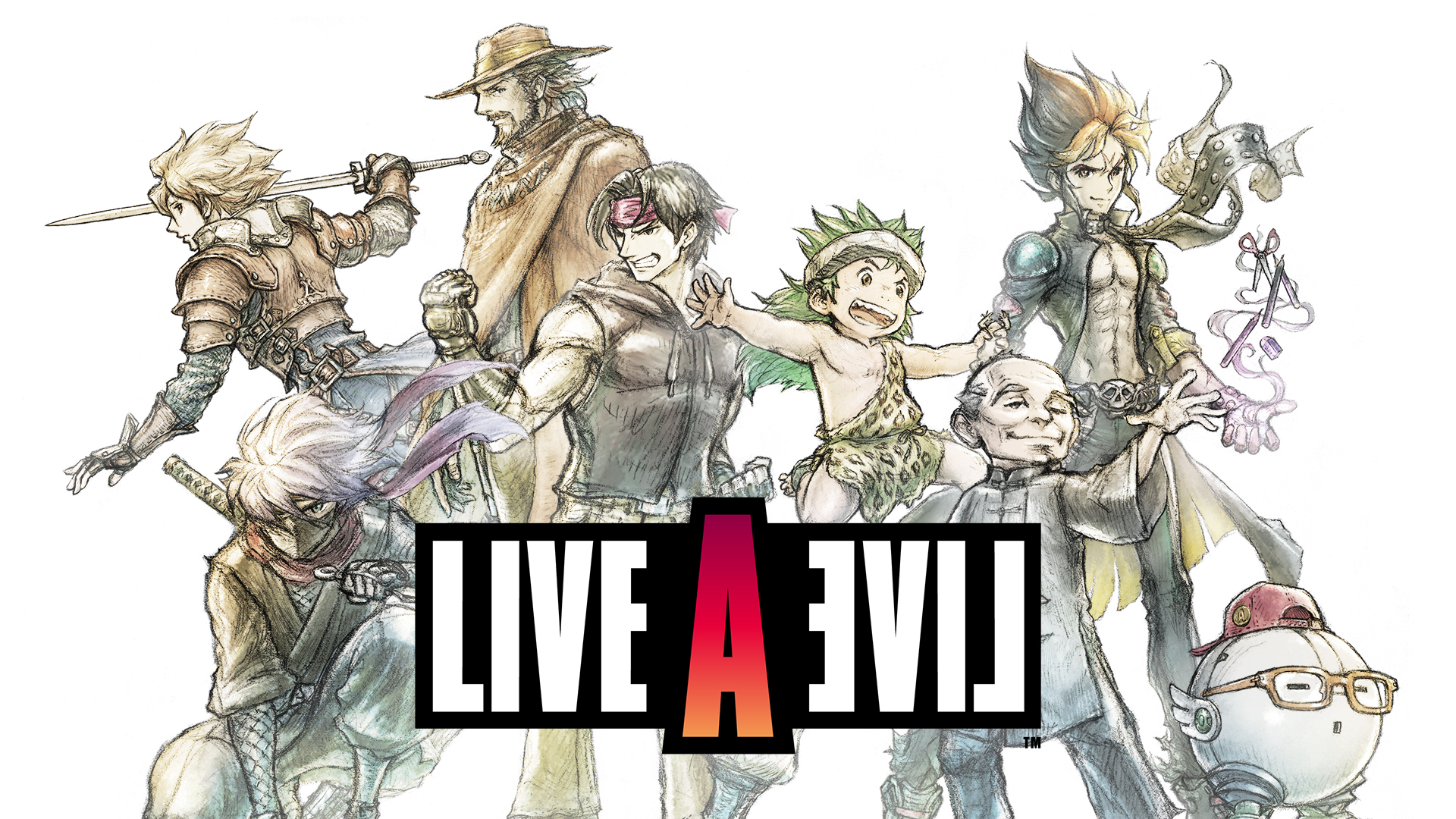
Each chapter in Live A Live varies in length, taking anywhere between 90 minutes to three hours to complete. Nintendo suggests the full game should take approximately 20 hours to roll credits, with my playtime coming in at just under the 22-hour mark. The final battle took me a good 75-minutes to beat, so worth taking that into account as well.
Without giving away too much, there is expanded exploration in the final chapter and replayability available to obtain different endings that can all lengthen the game time. I wouldn't expect anyone to need more than 30 hours in total to see everything.
Verdict
Live A Live is a terrific remake that fans old and new can appreciate for a multitude of reasons – most notably, the HD-2D pixelated art style that is mesmerizing to behold. That same level of quality has been applied to the rearranged soundtrack as well as several quality of life tweaks, such as a UI, map and full voice acting. Battles are engaging, if not slightly repetitive yet the final chapters fail to end on a high note, meaning that the journey of Live A Live is a lot more interesting than its actual destination.
Also consider

Don't let the name put you off: Octopath Traveler was one of the first games to sport the beloved 2D-HD art style while offering the same turn-based JRPG goodness on Switch. It also poses a similar setup with eight heroes' adventures available to be played in any order you like, blending a better mix of male and female protagonists and being three times the length of Live A Live. Triangle Strategy, a more recent tactical RPG is also worth considering.

Matt is a freelance writer for T3, covering news and keeping up with everything games, entertainment, and all manner of tech. You can find his work across numerous sites across the web, including TechRadar, IGN, GamesRadar, Tom's Guide, Fandom, NME, and more. In his spare time, Matt is an avid cinema-goer, keen runner and average golfer (at best). You can follow him @MattPoskitt64